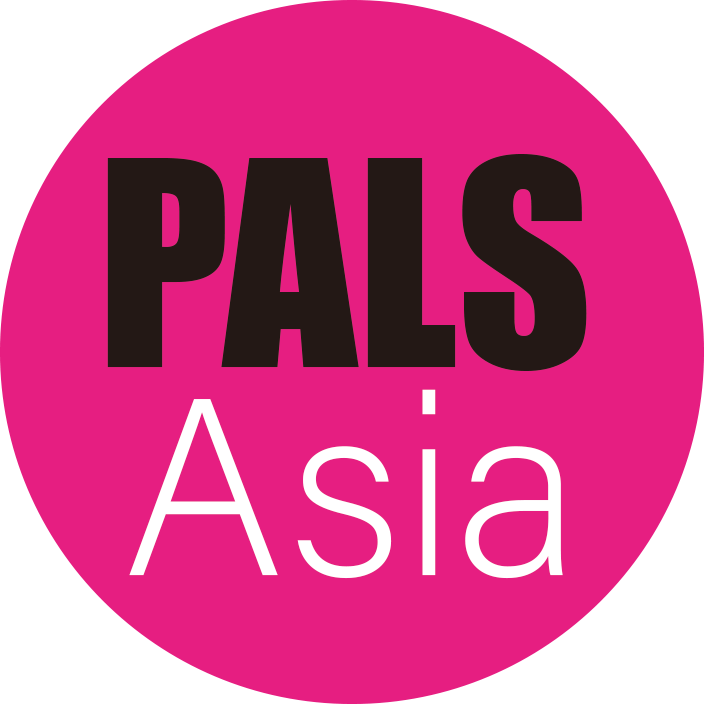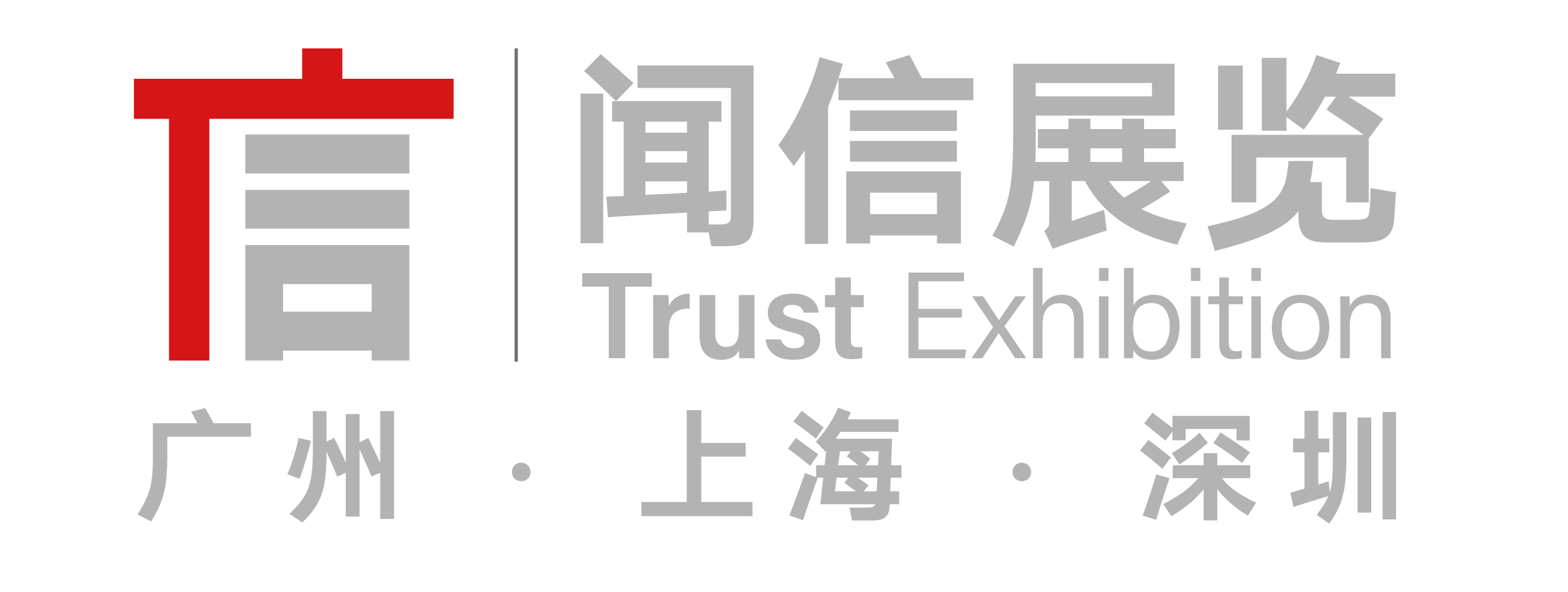China’s Travel Restrictions due to COVID-19: An Explainer
Updated by: May 25, 2020
Post by: China Briefing
• This article provides information on the latest travel policies in China – implemented temporarily due to COVID-19 – to help business travelers understand the current situation and develop feasible travel plans.
• See also table below detailing China’s provincial quarantine policies for inbound travelers – last updated May 24, 2020.
COVID-19 is now a global pandemic, and in a bid to prevent a second wave of the outbreak at home, China has not given up on drastic measures to contain infections or possibility of reinfection.
Since March 28, the country’s borders are closed to almost all foreigners and only about 20 international flights can land in its soil each day.
A northeastern city of Shulan in Jilin province has become the latest pandemic hotspot in the country after a cluster of cases emerged connected to a woman. As a result, the city has been put under a Wuhan-style lockdown.
With more Chinese nationals living in Russia trying to return home, which has become the largest source of imported cases, China is tightening the borders with its biggest neighbor – curbing land border crossings in the northeast and surveilling the flights from Moscow.
Within other areas of the country, provinces and cities are easing domestic travel restrictions in an effort to boost consumption and get the economy back to normalcy. But local quarantine policies and controls still exist and vary, adding to the confusion of many business travelers.
This article provides information on the latest travel policies in China – implemented temporarily due to COVID-19 – and meant to contain any internal spread of the coronavirus.
International travel restrictions
Suspending the entry of foreign nationals
From midnight (0 a.m.) of March 28, 2020, China suspended the entry of most foreign nationals, citing the temporary measure as a response to the rapid spread of COVID-19 across the world.
According to the announcement was made by China’s Ministry of Foreign Affairs (MoFA) on March 26, foreigners who hold the following visas, even valid ones, are not allowed to enter China now:
• Chinese visa;
• Residence permit;
• APEC business travel card; and/or
• Port visa.
The ban also applies on those who are planning to enter the country under the following policies:
• 24/72/144-hour visa free transit policy;
• Hainan 30-day visa free policy;
• 15-day visa free policy for foreign cruise group tours through Shanghai Port;
• Guangdong 144-hour visa free policy for foreign group tours from Hong Kong or Macao SAR; and/or
• Guangxi 15-day visa free policy for foreign tour groups of ASEAN countries.
However, those who hold the following visas will not be affected:
• Diplomatic, service, courtesy, or C visas; and
• New visa successfully applied for from Chinese embassies or consulates overseas after the announcement of the Ministry of Foreign Affairs.
According to the European Chamber of China, supporting measures to facilitate the return of foreign nationals to China for urgent/necessary purposes are being conducted at a local level, including in Beijing, Chongqing, Guangdong, Jiangsu, Shandong, Shanghai, and Tianjin.
In Shanghai, the Ministry of Foreign Affairs (MFA) and the Shanghai Municipality Government have issued two channels – a normal channel and a fast track channel – to facilitate the entry into China of employees essential for business operations.
The two channels are only applied to employees of companies whose country of origin has signed a fast track agreement with China. Employees entering Shanghai following the fast track procedure will be allowed to start work within 48 hours after arrival, subject to negative COVID-19 test results. Those entering Shanghai following the normal procedure will be subject to a 14-day quarantine at a designated central facility.
Since the ban is stalling international activity, Chinese officials have proposed easing border restrictions. Various countries’ embassies and chambers of commerce have been negotiating with the Chinese government to establish fast track channels. By far, China has signed fast track agreements with Germany, France, South Korea, UK, and Japan.
On May 16, Beijing News, a state-run newspaper, reported that the governments of China and Germany negotiated to set up a “fast track” procedure for personnel to travel between each other’s territories. The charter flight carrying German businesspeople who work in China but were unable to return has been scheduled to fly from Frankfurt to Shanghai on May 25. Passengers will need to pass a nucleic acid test before taking off and will be tested again after landing.
On April 21, the spokesman Geng Shuang of the MoFA said that China and South Korea had reached an agreement in principle on establishing a fast track arrangement for urgent essential travel between the two countries. On April 30, at another regular press conference, Geng further revealed that a batch of 10 Chinese provinces and cities will be the first allowed to receive South Korean travelers. Relevant South Korean travelers will be granted visas after they pass health screenings but will still be subject to quarantines on arrival. Chinese travelers will not be subject to quarantines in South Korea once they meet all the necessary health requirements. A similar discussion took place between China and Singapore, according to Geng.
On March 29, the Civil Aviation Administration of China (CAAC) had announced that Chinese airlines would be only allowed to maintain one international route to any specific country – with no more than one flight every week. Foreign airlines are only allowed to maintain one route to China, with no more than one weekly flight. All airlines shall apply for Pre-Flight Plans to the Operation Supervisory Center of CAAC in advance. This policy will last until October 2020. Business travelers must check if their flight is approved by the CAAC, or they will risk having their air tickets cancelled. International flights operating in June can be found here.
Border curbs between China and Russia
According to the Chinese embassy in Russia, starting May 8, passengers flying from Moscow to China must present test results from any of six designated testing organizations proving that they’re free of the COVID-19 virus within 120 hours before boarding so they can enter China.
Not long ago, the embassy announced a similar policy, effective from May 1, requiring travelers to show a negative test result within 72 hours before boarding Air China flights from Moscow to China.
These moves are made after dozens of COVID-19 cases were found among passengers on several Air China flights arriving from Moscow since early April.
While most areas of China is seeing few to no increases in cases, a cluster of COVID-19 cases have broken out in the northeastern and southern border areas.
On May 11, in Shulan of Jilin city in Jilin province, one of China’s three northeastern provinces, the city’s risk level was raised from medium to high, as one woman tested positive on May 7 and infected many of her family members. By May 21, the accumulated confirmed cases in Shulan had increased to 42. Hundreds of people have been placed in medical quarantines. Shulan has now adopted a Wuhan-style lockdown – residential compound lockdowns, ban on non-essential transport, and shutting down schools.
Cities are restricting travelers from Shulan. Changchun city, the capital of Jilin province, has released a new quarantine policy for personnel coming from Shulan city – all travelers from Shulan have to be put under centralized quarantine for 14 days and carry out self-isolation at home for seven days, with four nucleic acid tests. Harbin, the capital of Heilongjiang province, has decided to implement a 28-day quarantine (14-day quarantine at a designated place and 14-day isolation at home) for travelers from or having passed by Shulan.
Since April, Harbin and Suifenhe city in Heilongjiang province, which borders Russia, have been implementing strict lockdown measures due to a resurgence in new cases.
On April 22, the municipal government of Harbin banned the entry of non-locals and vehicles registered elsewhere to residential compounds. Meanwhile, residential buildings with confirmed cases, suspected cases, or asymptomatic cases were put under lockdown for 14 days.
Suifenhe of Mudanjiang, a small city of around 70,000 people, just 120 kilometers (75 miles) from Russian port city of Vladivostok, had witnessed an influx of Chinese nationals crossing over from Russia. The town had to shut down all residential communities starting April 8 and began round-the-clock patrolling along the border starting April 12.
Harbin has announced a 28-day quarantine (14-day quarantine at a designated place and 14-day isolation at home), with two nucleic acid tests and one antibody test mandatory for all arrivals from abroad. Inbound persons crossing through Suifenhe must be put under quarantine for 35 days (14-day quarantine at Suifenhe, 7-day centralized quarantine at the destination place of the traveler in Heilongjiang province, and another 14-day self-isolation at home), with three nucleic acid tests.
Guilin city in southern Guangxi province employed the same 28-day quarantine policy. On April 27, a National Health Commission (NHC) official said at a State Council press conference that sparsely populated southern border areas with less-prepared health systems, such as Tibet, Yunnan, and Guangxi bordering India, Nepal, Bhutan, Myanmar, Laos, and Vietnam are at heightened risk of imported cases, although these southern neighbors have officially recorded fewer cases than Russia.
Provincial travel restrictions
Domestically, many provinces and cities require mandatory home-based or centralized quarantine for inbound travelers either from overseas or other Chinese provinces and cities that are at medium- or high-risk level, although the policy details can differ.
Quarantine policies for inbound travelers
From April 1, the Customs authorities have said they would cooperate with local governments to carry out nucleic acid testing for all overseas passengers entering China by air, sea, or land.
Here, we have consolidated a table detailing the latest travel policies across the country for your convenience.

In Beijing, all international flights are currently being redirected to one of 12 other cities (Tianjin, Shijiazhuang, Taiyuan, Hohhot, Shanghai, Jinan, Qingdao, Nanjing, Shenyang, Dalian, Zhengzhou, and Xi’an), which are officially called “the first entry point”. Travelers will be subject to a 14-day mandatory quarantine in the first entry point city. After they complete the fortnight quarantines and test negative for the virus, if they proceed to Beijing on the same or following day, they will not need to undergo another 14-day quarantine in Beijing. Otherwise, they will be subject to another 14-day quarantine upon arrival in Beijing.
Those older than 70, younger than 14, pregnant, with underlying medical conditions, or in other special situations – can apply for self-isolation at home. Others must pay for their own 14-day quarantine at designated hotels.
Domestic arrivals from other low-risk infection areas of China no longer need to undergo the 14-day home isolation after the city lowers its public health emergency response rating from level one to level two.
Similarly, from March 28, all overseas travelers arriving or transferring in Shanghai will be quarantined at designated places for 14-day medical observation. Domestic travelers may not need to be quarantined if they come from low-risk areas.
China’s color-coded health scheme to monitor for COVID-19
All of China’s provincial and municipal governments are adopting different quarantine policies or various restrictive measures – based on a health code scheme.
Since February, Chinese tech giants Tencent and Alibaba have launched health code related services around the country.
The health code systems of Tencent and Alibaba are embedded in their popular messaging app WeChat and payment app Alipay. Residents get a colored health code after reporting information, such as ID card, address, health status, contact history, and residence history in the apps.
The health code serves as a proof for citizens to enter or exit the public place, also a necessary condition to resume work or study. In addition, enterprises and communities can classify citizens based on the color of the health code to carry out correct controlling measures.
Each city’s health code has a set of rules.
Taking Hangzhou as an example, after the systematic analysis of personal information, the system will generate a color code to be obtained by individuals. Among them, the ‘green’ code can allow citizens to move around the city freely; the ‘red’ code and ‘yellow’ code may subject the code owner to 14 days and seven days of quarantine, respectively, at home or at a designated hotel.
Previously, the health color code systems in different provinces and cities showed variations, which added layers of inconvenience to intercity travelers.
To solve their complaints, on March 18, Beijing urged that local areas shall recognize each other’s health certificates (color codes), stating that low-risk areas (those with no confirmed cases or no new confirmed cases for 14 consecutive days) shall not “set up barriers” or “take isolation measures”.
Now, localities have been completing technology docking to allow citizens to freely pass using one health code system. For example, users of Alipay can easily get a local color code by entering the “health code” port and picking an area as the picture shown below.

China’s regional outbreak risk level
Recently, China’s National Health Commission launched a WeChat mini program (see the blow graphic) for citizens to check out the infection risk level of a special area, for epidemic personnel to check out the countries and cities visited (staying for more than four hours) by the traveler during the past 14 days.
The program also allows users to check if they used the same public transport as the confirmed cases during the last 14 days.

Similar to the color scheme of the health code system, the outbreak risk level system grants “green” color to low-risk areas, “yellow” to medium-risk areas, and “red” to high-risk areas.
Risk levels are assessed based on the number of new cases.
• Low-risk areas – are areas with no confirmed cases or no new confirmed cases for 14 consecutive days;
• Medium-risk areas – are those with new confirmed cases within 14 days – but the total new cases are no more than 50, or with cumulatively more than 50 confirmed cases – but no cluster epidemic within 14 days; and
• High-risk areas – are those where the cumulative number of confirmed cases have exceeded 50 cases, and a cluster epidemic was recorded within the last 14 days.
Wuhan, the capital of Hubei province and the original epicenter of the coronavirus outbreak, has been granted a green color. By May 1, Nangang and Daowai districts in Harbin city and Suifenhe in Mudanjiang city were listed as medium-risk areas.
Starting May 7, the entire country was classified as “low-risk”, including previous “medium-risk” areas of Harbin and Suifenhe in Heilongjiang province. But that was to be short-lived as on May 11, Shulan city of Jilin province was reclassified as a high-risk region.
Generally speaking, as long as you are traveling from a low-risk area, the green color in your health code system won’t change. But if you are from medium or high-risk areas, your travel to other Chinese provinces and cities will probably be restricted.
Pay attention to micro-control measures
Overall, in a bid to boost business and consumption, China is relaxing travel restrictions within its borders. However, while the various levels of government advocate the mantra – “resuming work, resuming production”, many micro-control policies are still being implemented.
For example, many tourist and entertainment facilities have still suspended operation, and cinemas are still not allowed to reopen. Some office buildings, scenic spots, hotels, shopping malls, subways, public transports are still conducting measures to check body temperature and color code of passengers and require them to wear a mask.
Hainan has issued a notice requiring passengers from six areas – including Manzhouli city (Inner Mongolia), Jieyang city, Yuexiu and Baidu districts in Guangzhou, Bao’an district in Shenzhen (Guangdong province), and Suifenhe city (Heilongjiang province) – to present their COVID-19 negative test results before entering the province.
In addition, some national parks have issued local travel bans as well. For example, Huangshan in Anhui announced that from April 22, it would deny entry for tourists traveling from medium- or high-risk areas.
During the Labor Day holiday, tourist sites across the country all put a cap on daily visitor numbers and people will need to book tickets in advance. People are still getting out, but trips are getting shorter and more localized, compared with previous years.
Recently, China revealed plans to reopen cinemas, museums, art galleries, and stadiums. The Guidelines on Regular Prevention and Control of COVID-19 issued on May 8 notes that shopping malls, supermarkets, hotels, and restaurants should be all opened with strict prevention measures; reservations can be used for parks and tourism scenic spots. Indoor areas and closed entertainment places like libraries, museums, and cinemas can hold conferences and exhibitions if necessary.
We recommend that travelers check their destination’s risk level, quarantine policies, and local control measures and prepare their color code in advance – to avoid any obstacles on their way.
Editor’s Note: This article was originally published April 1, 2020. It was last updated May 21, 2020.




